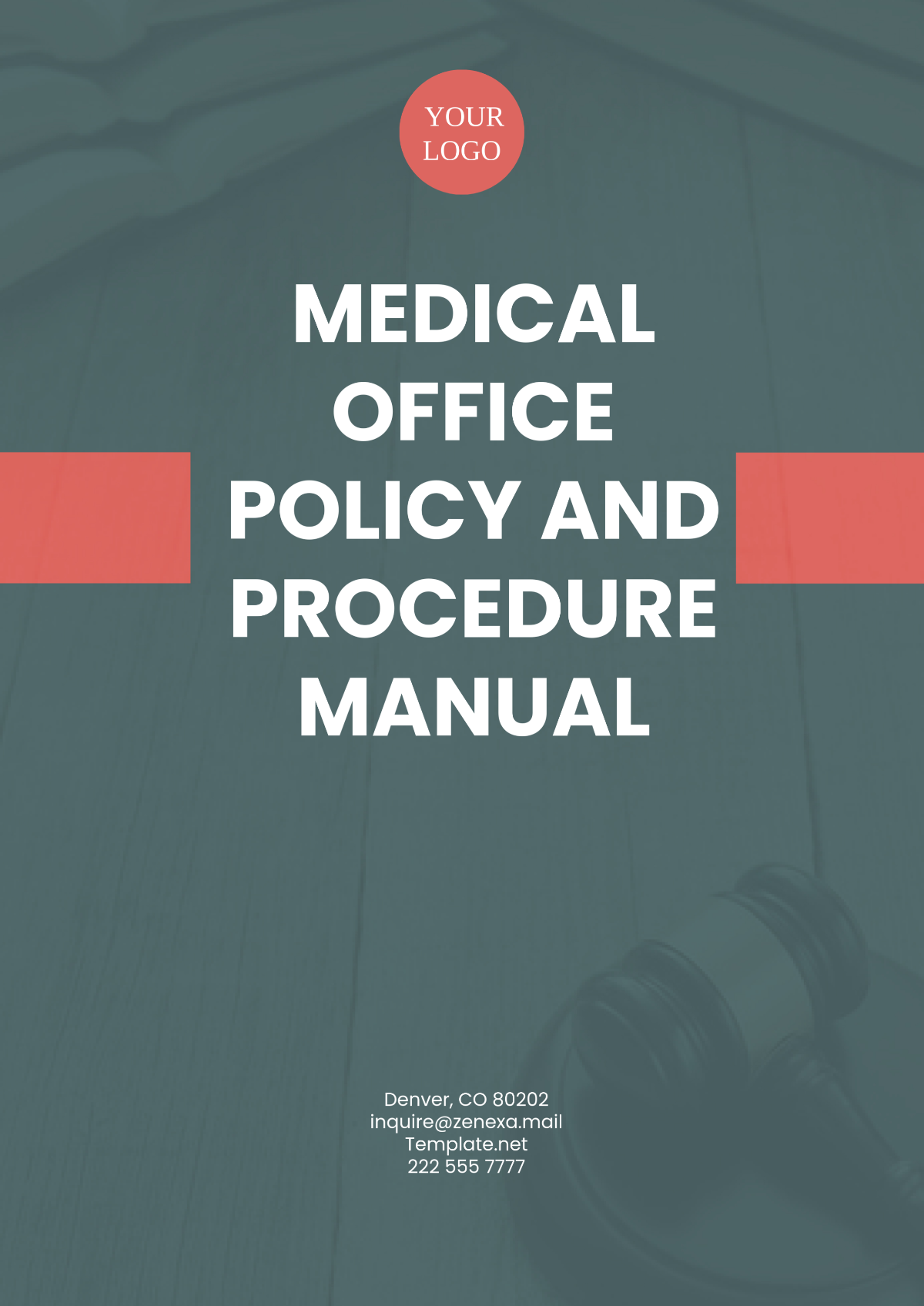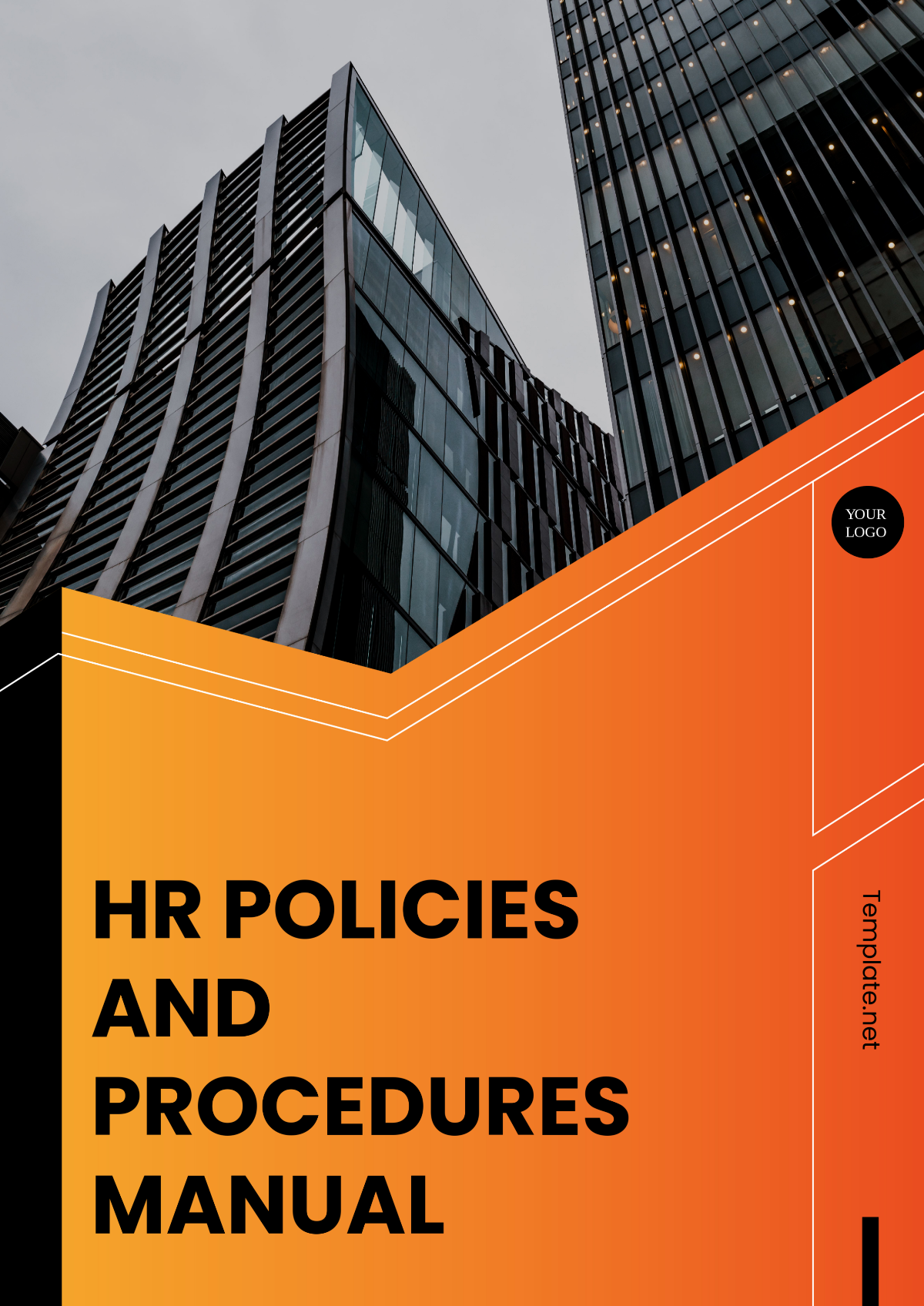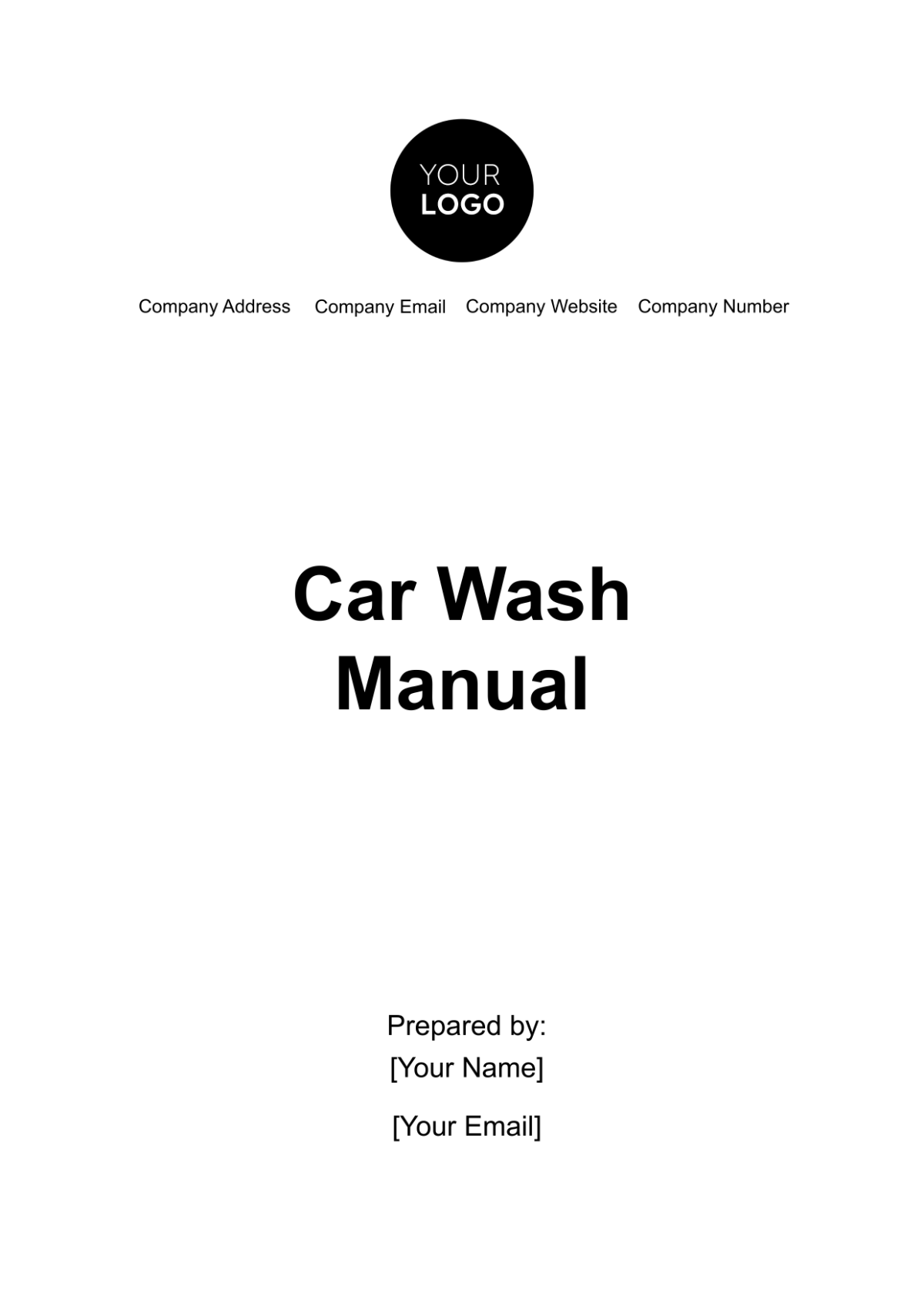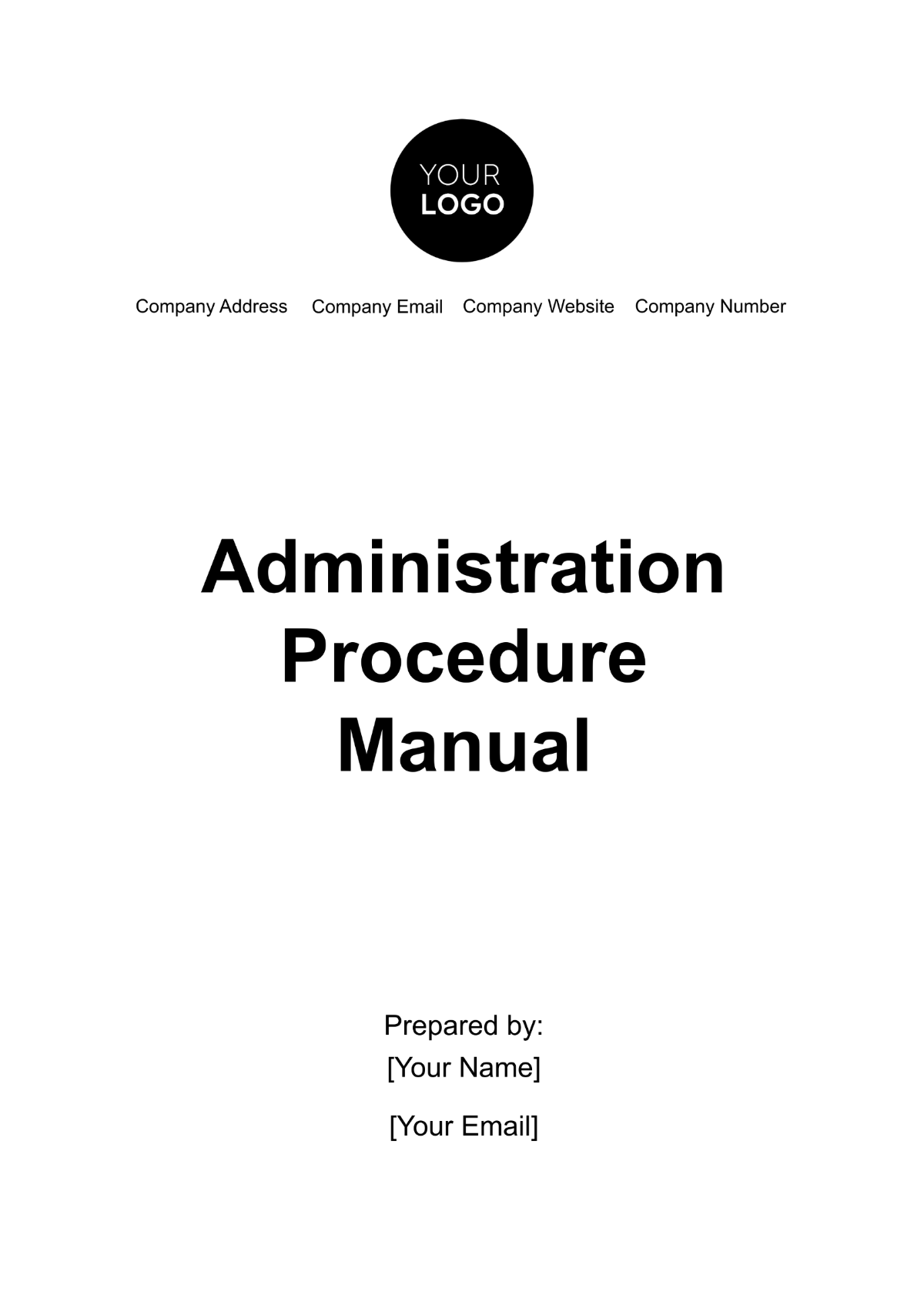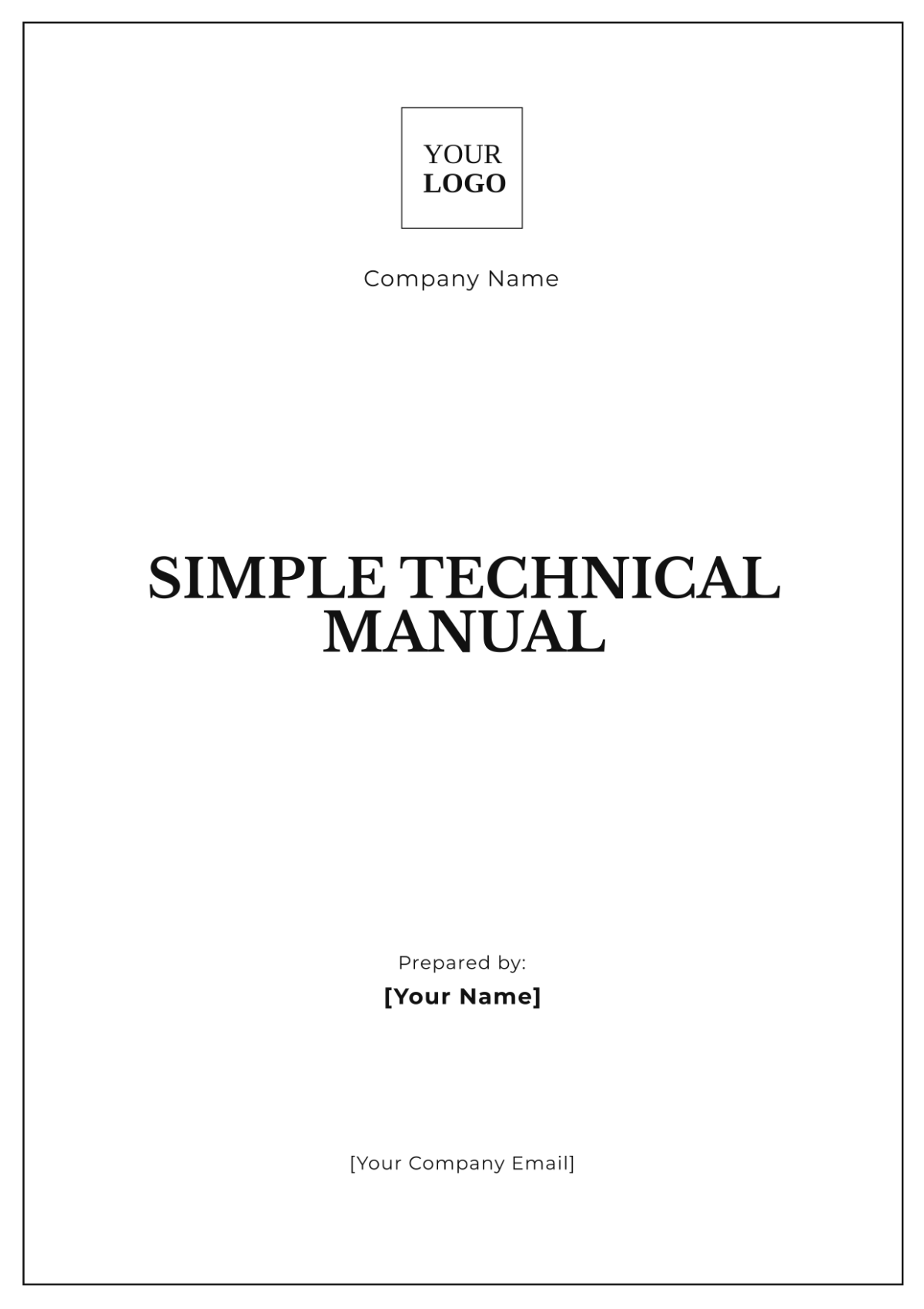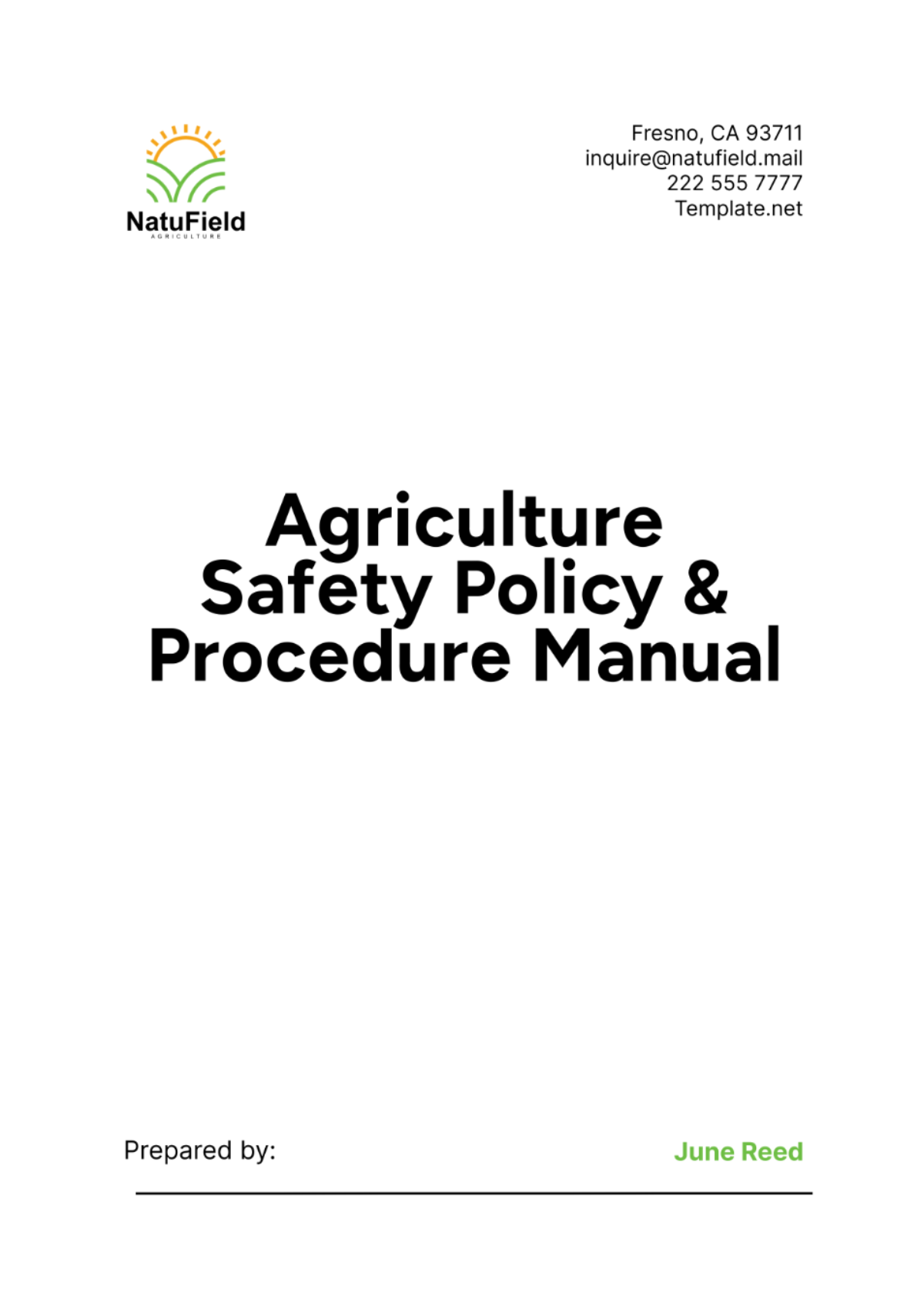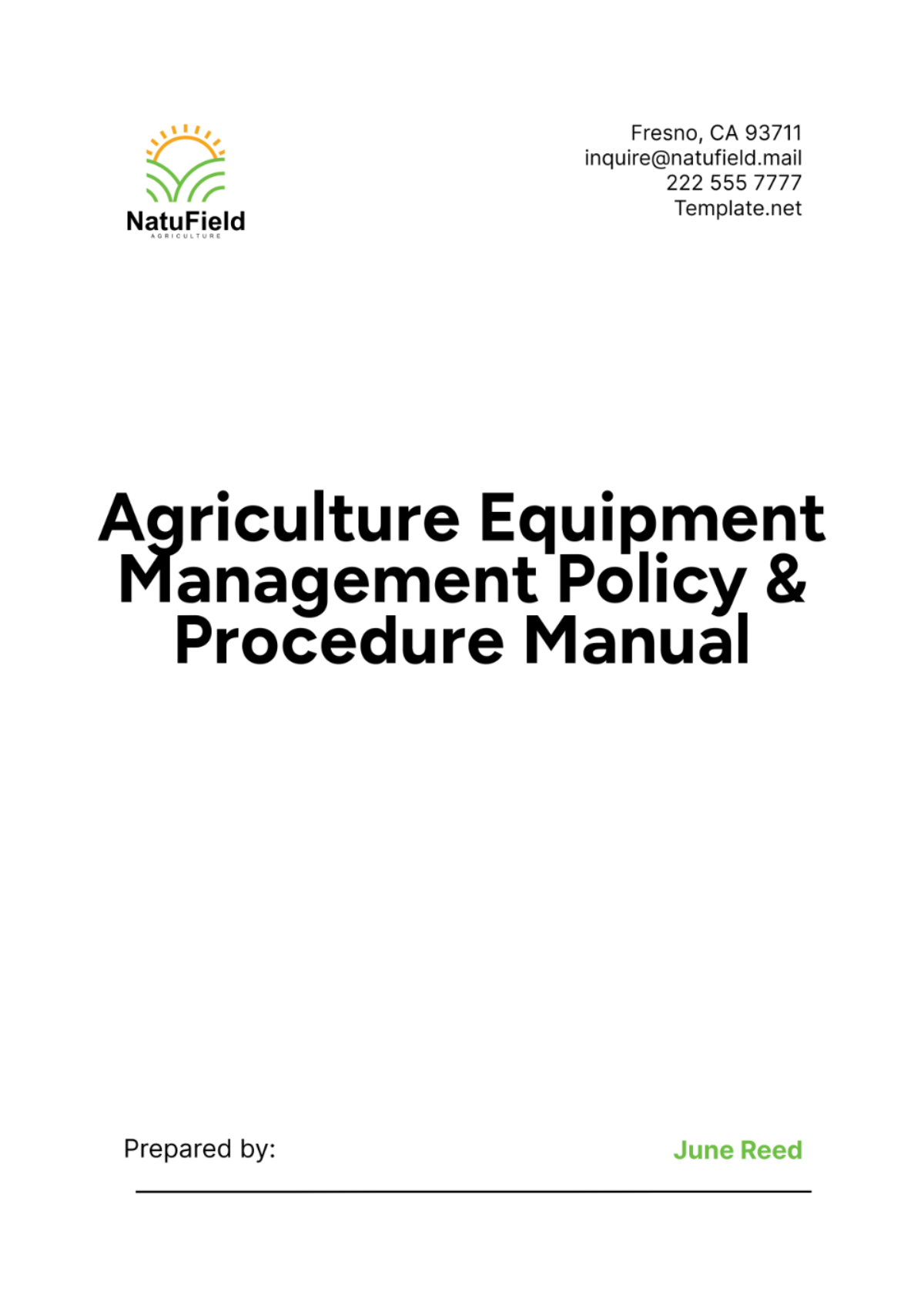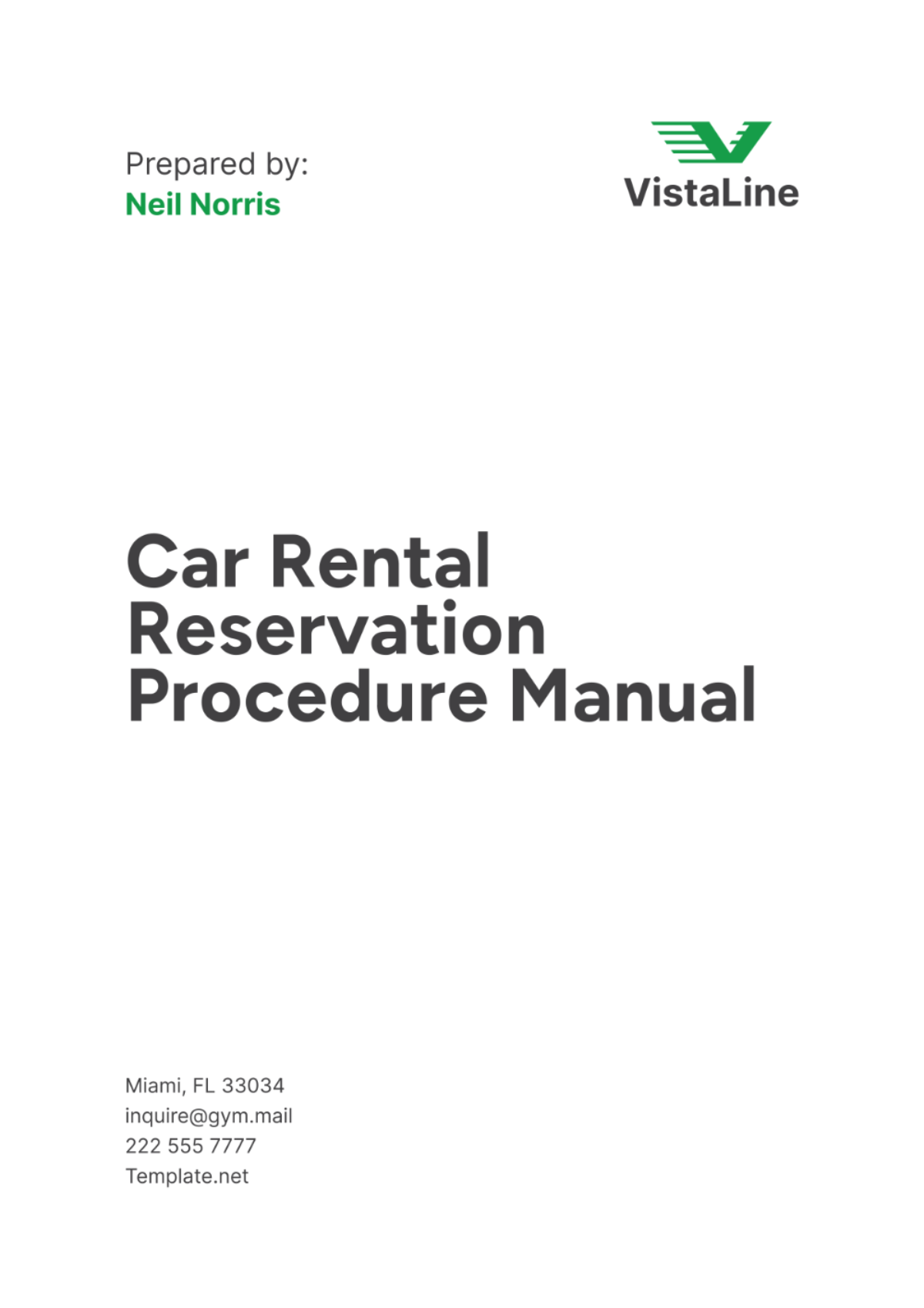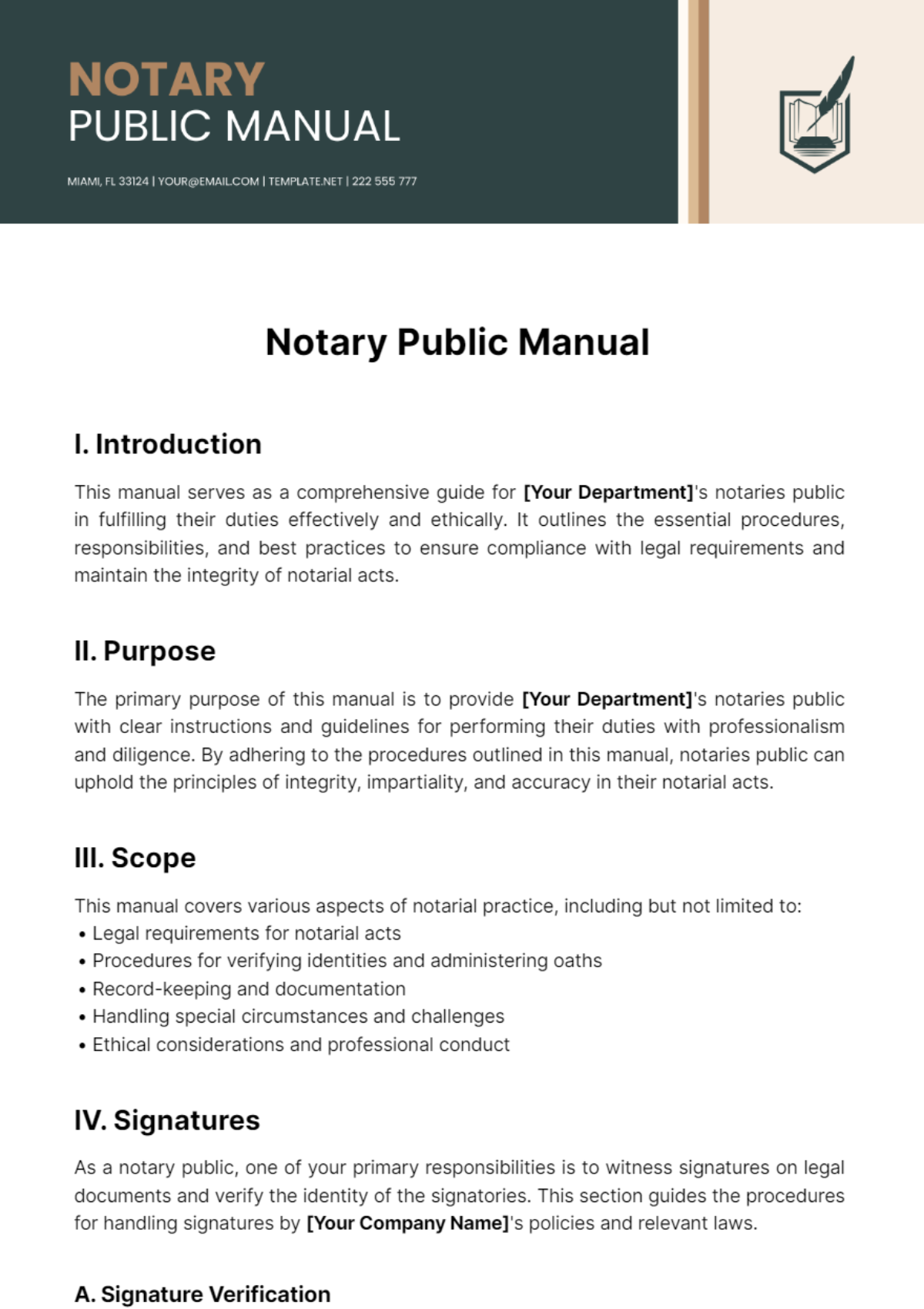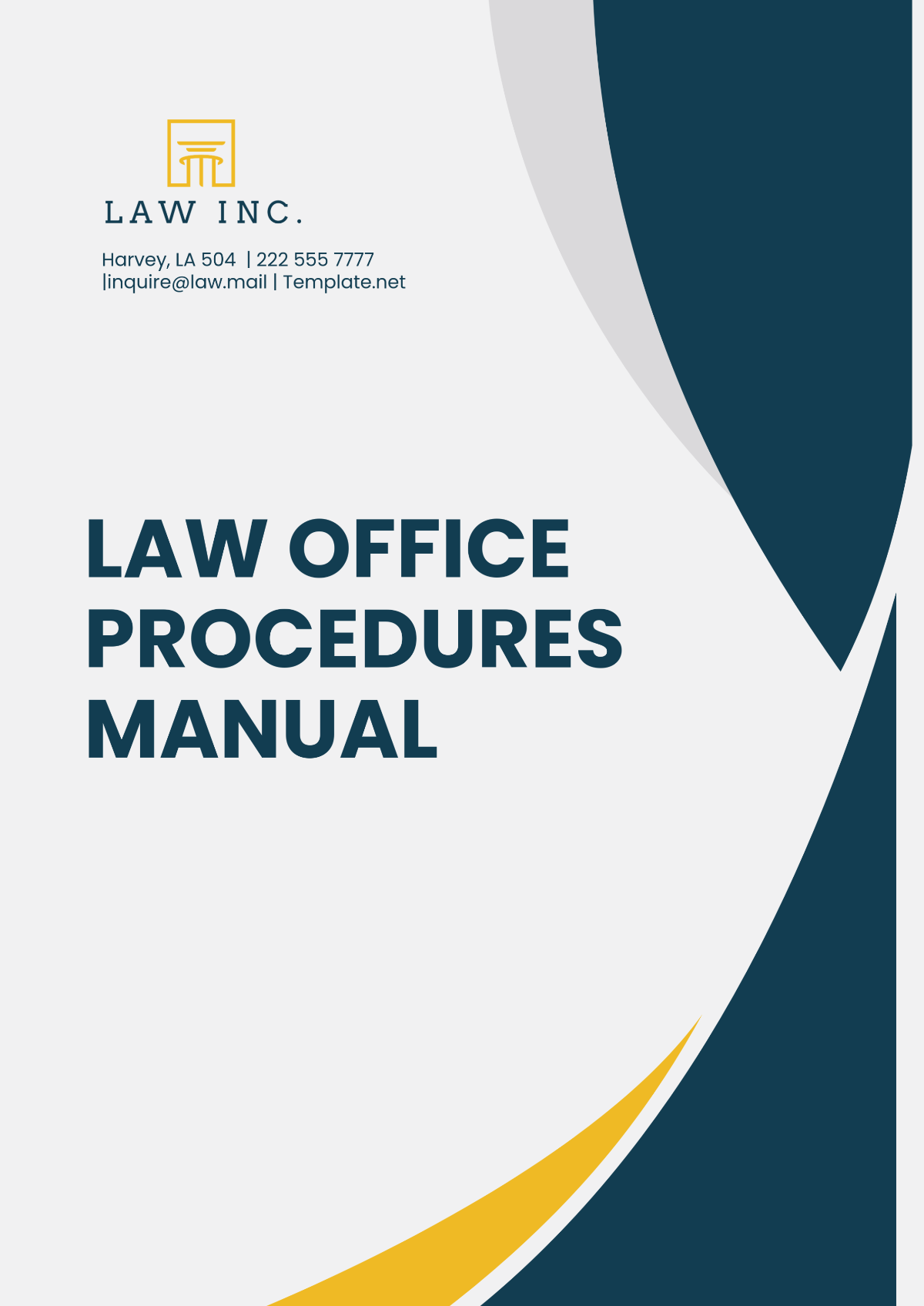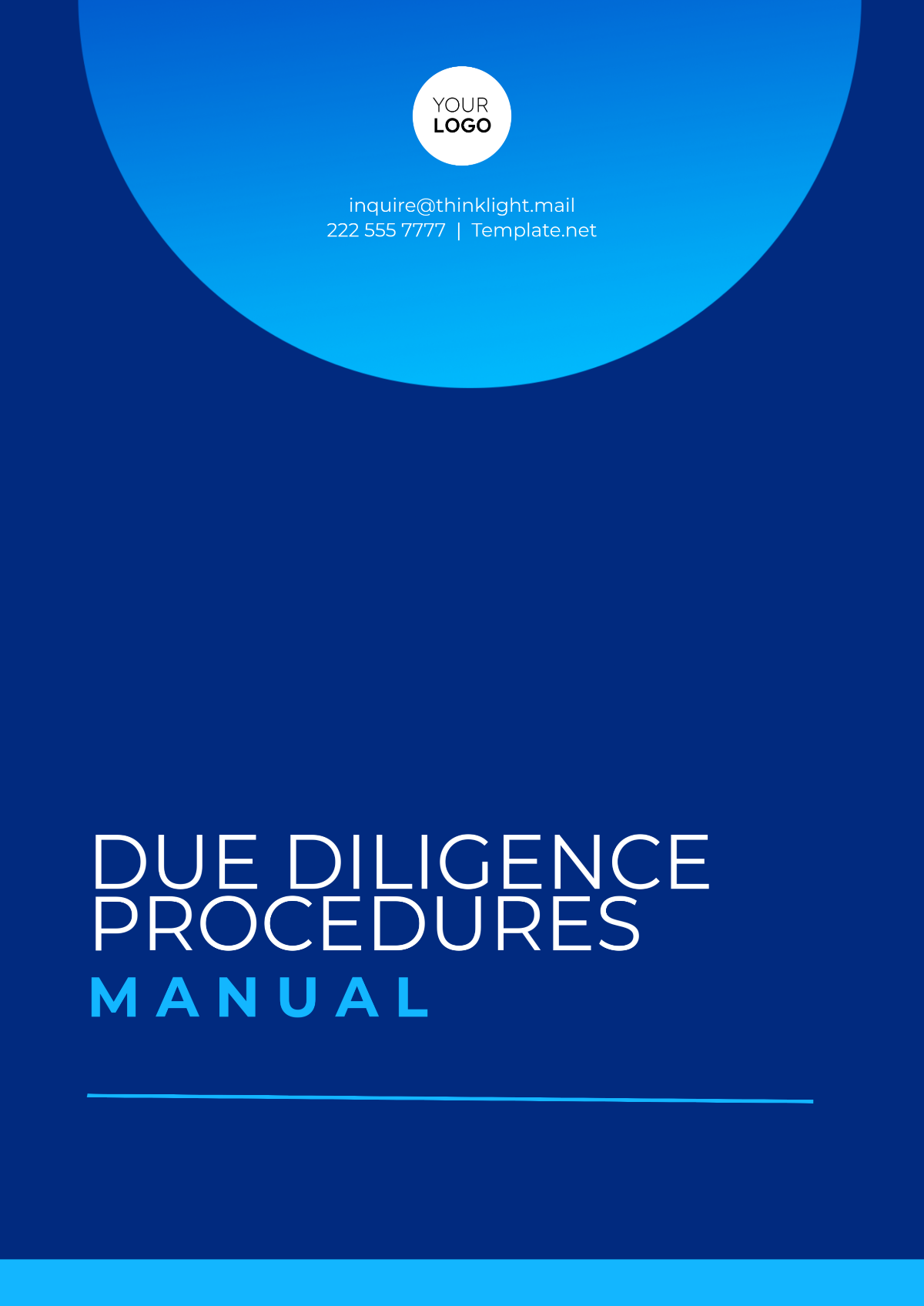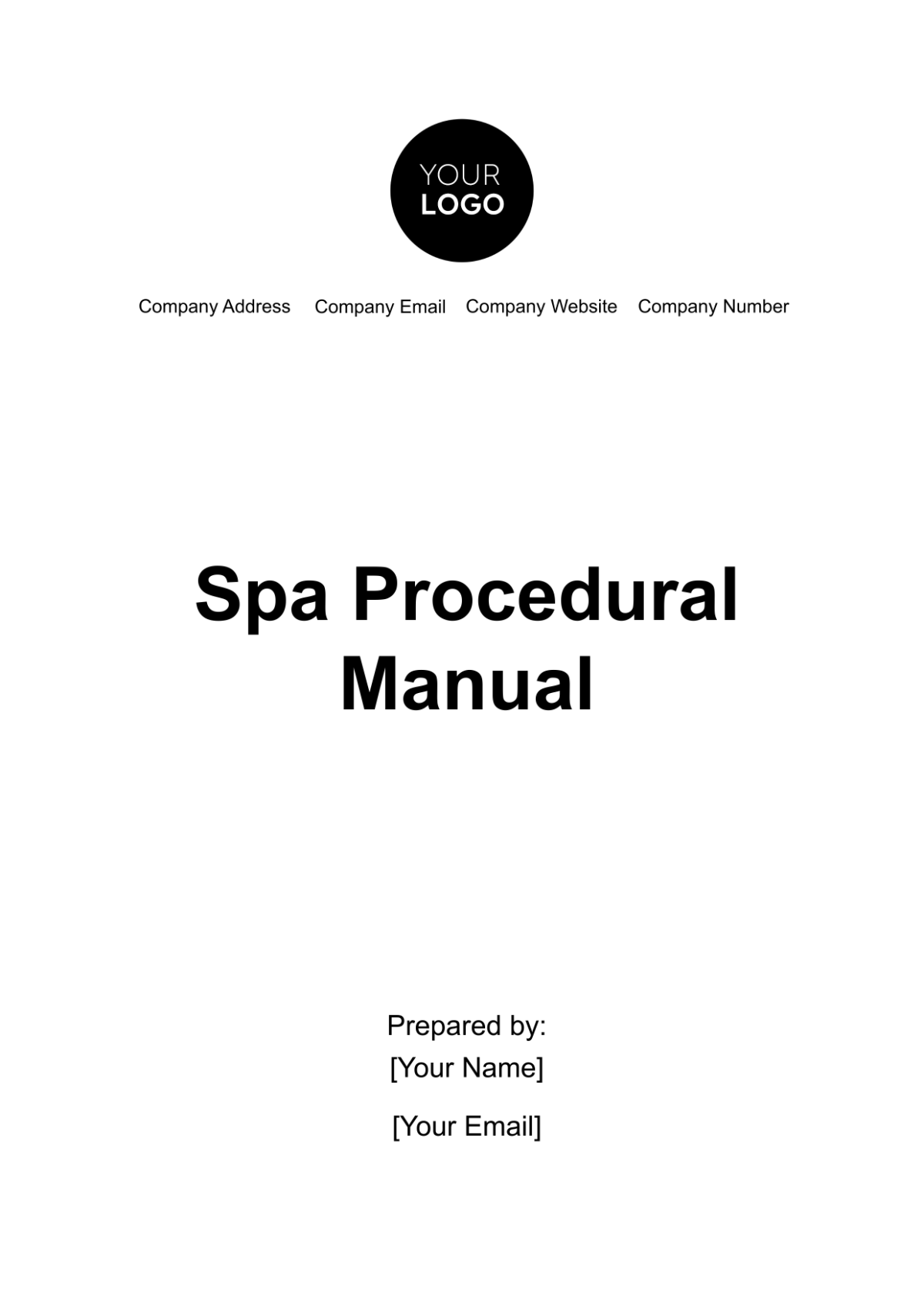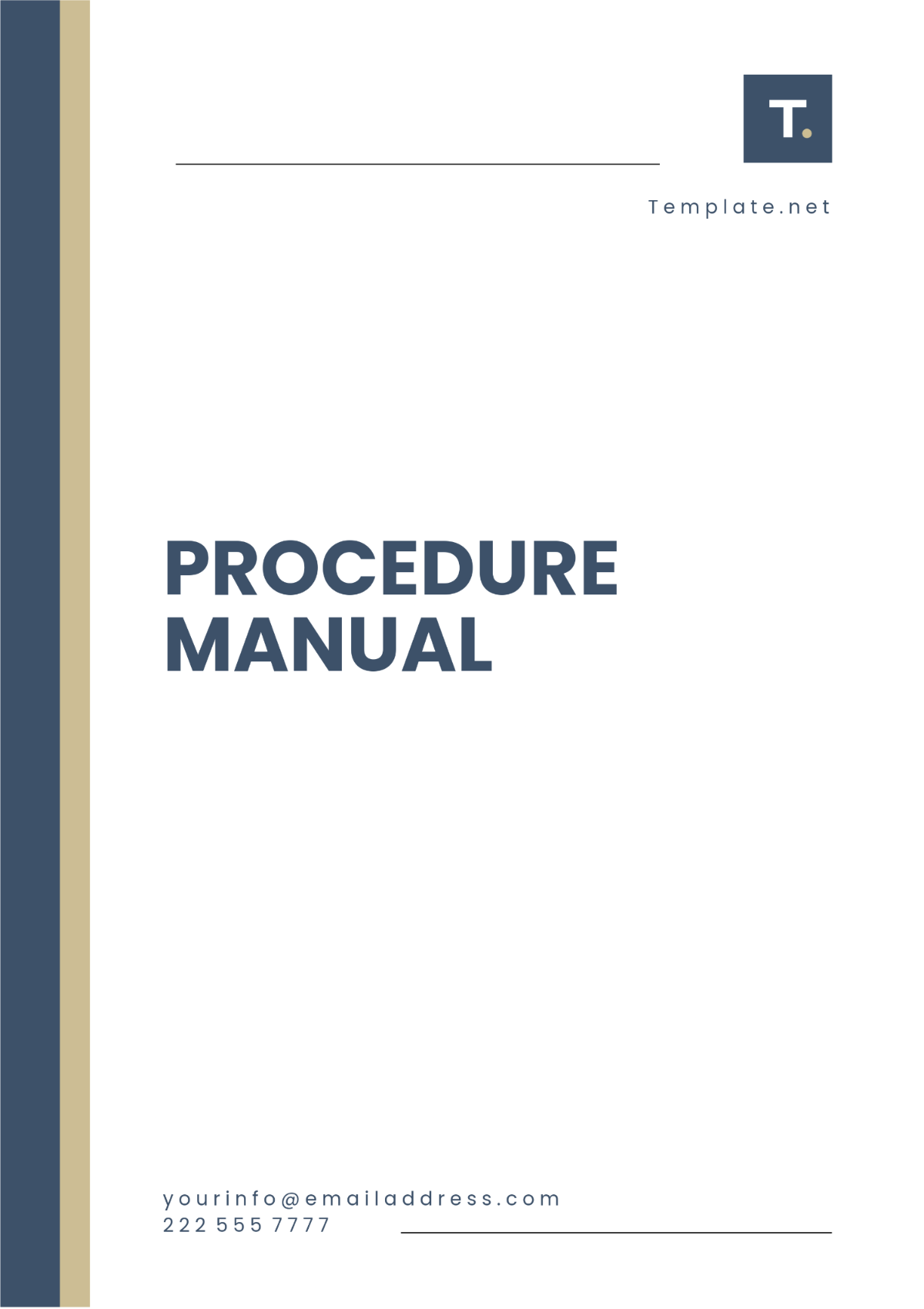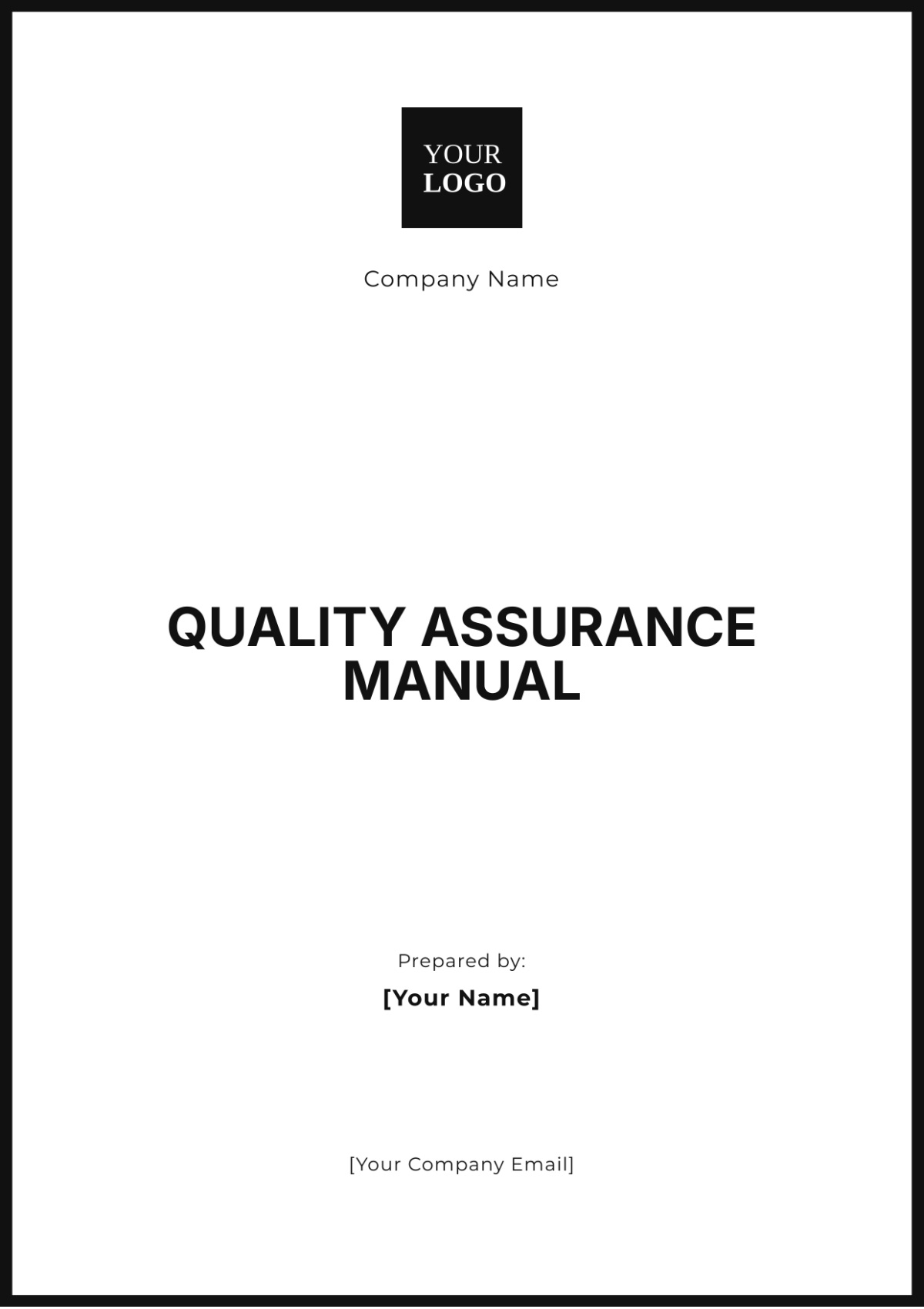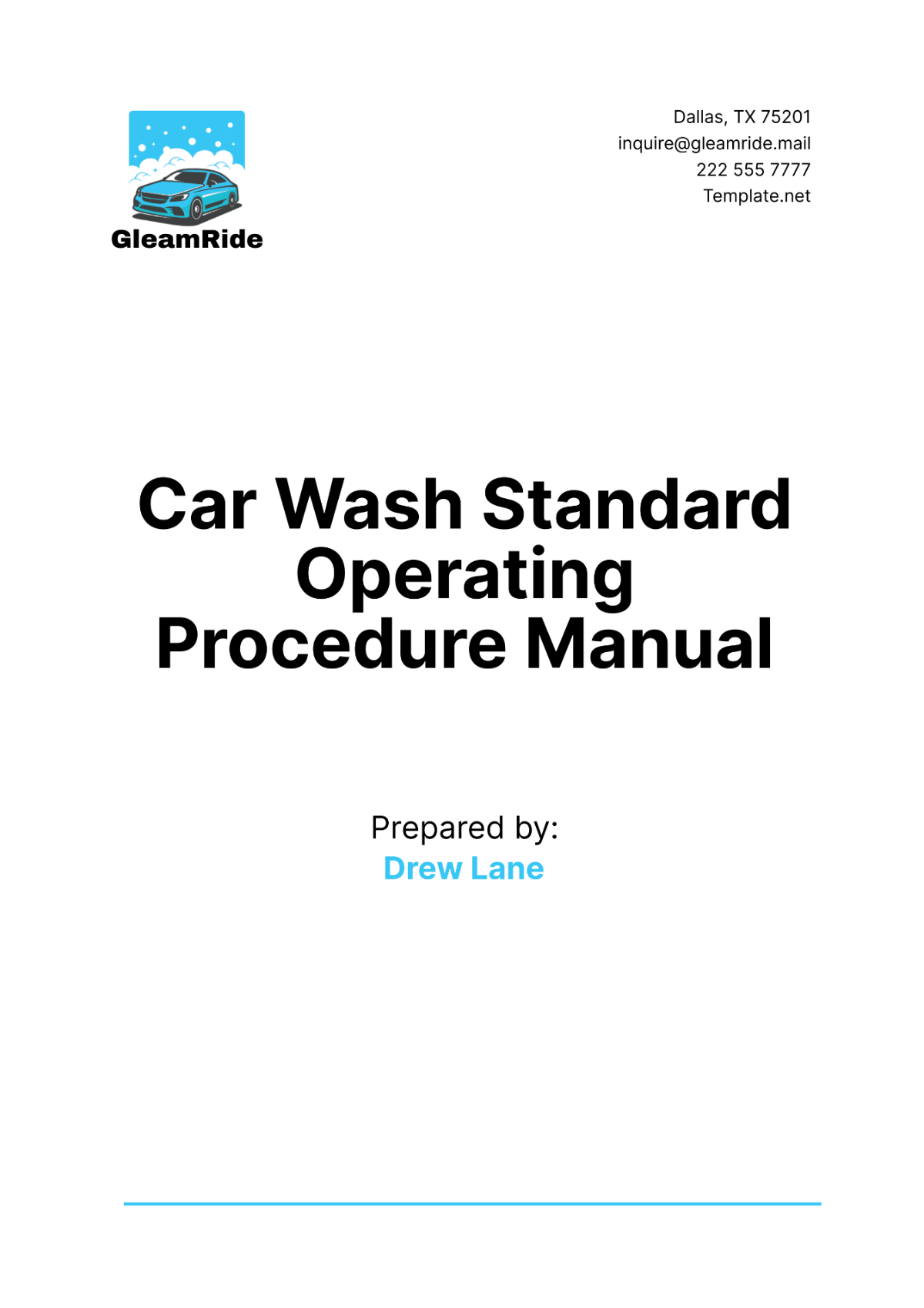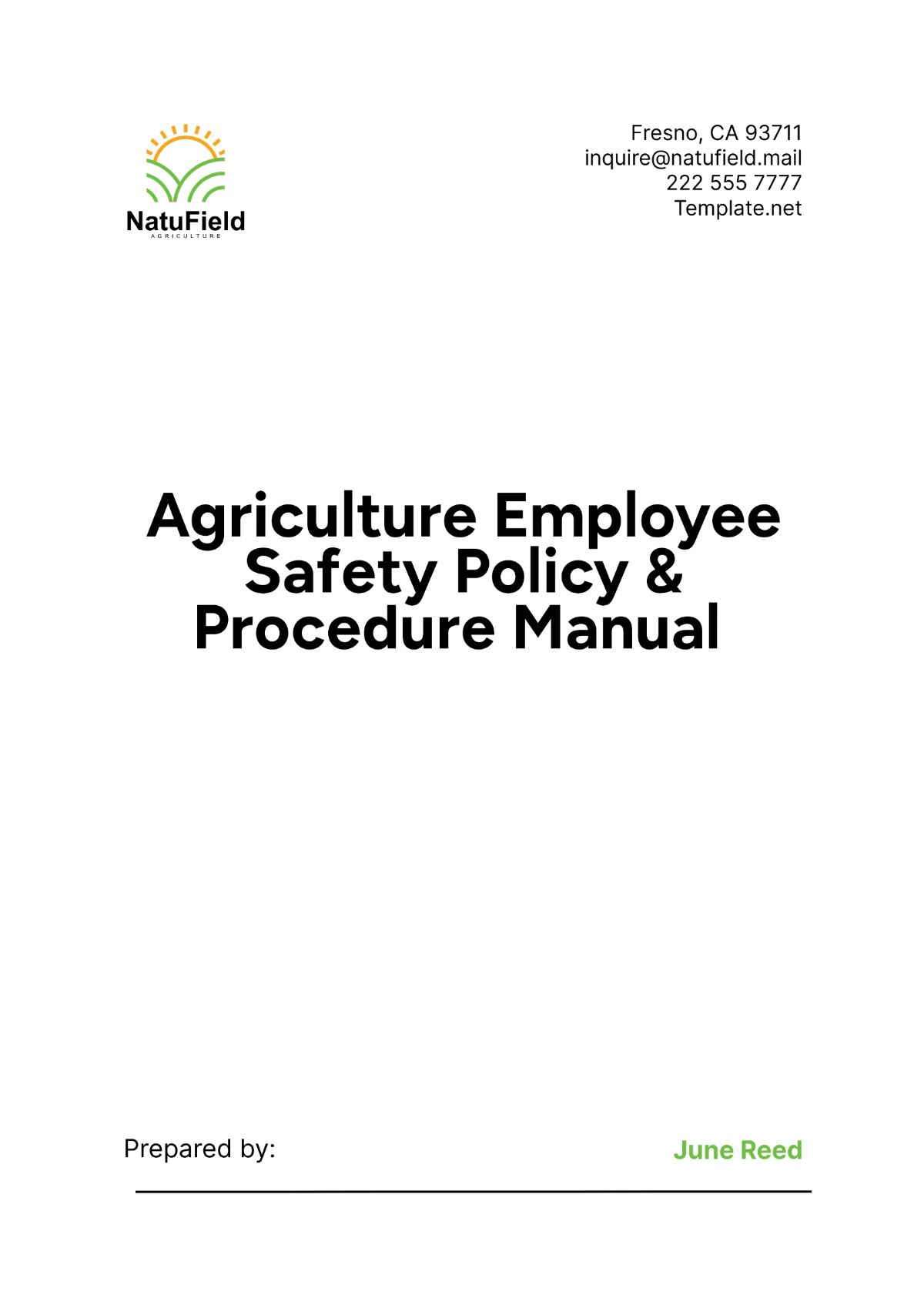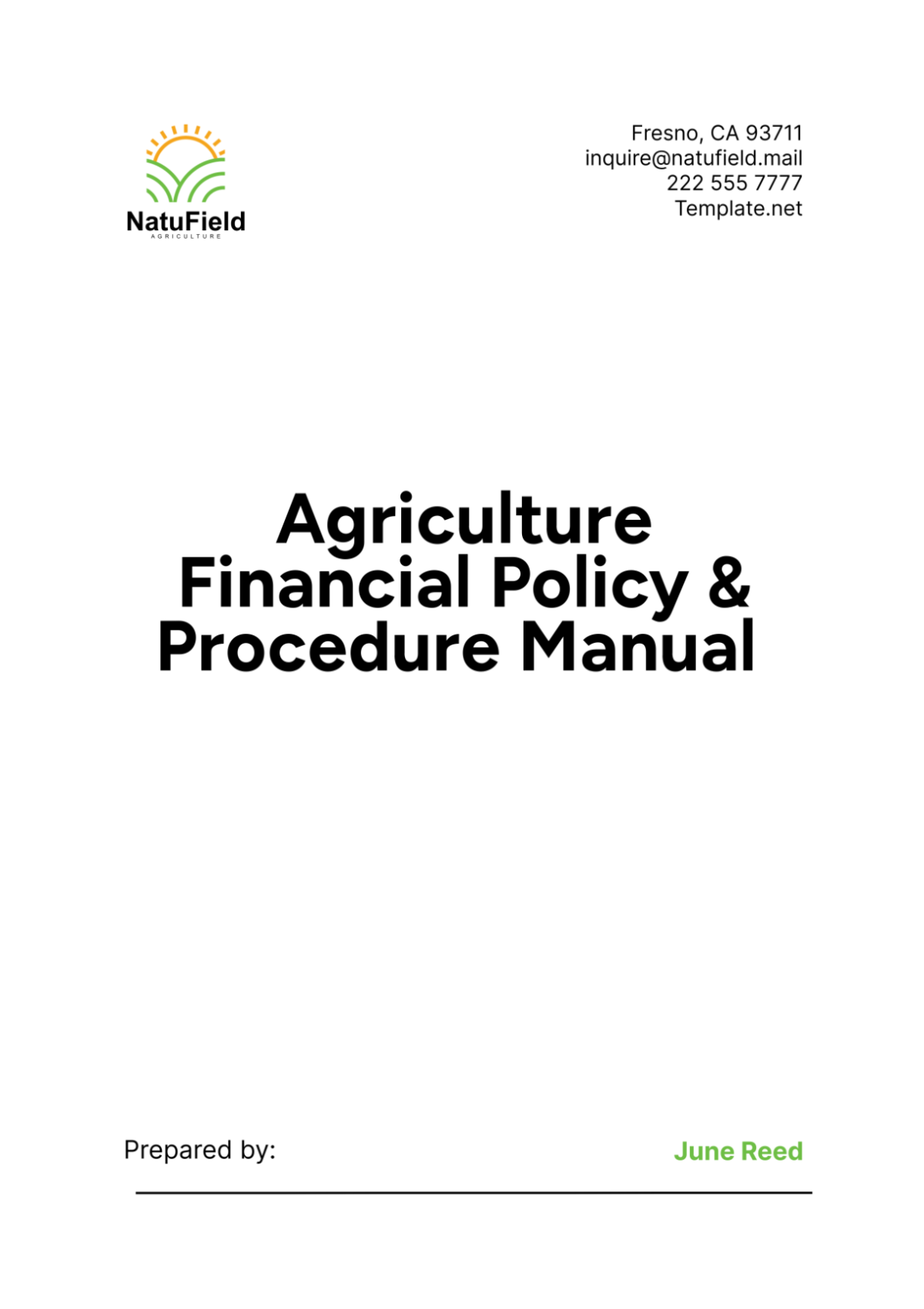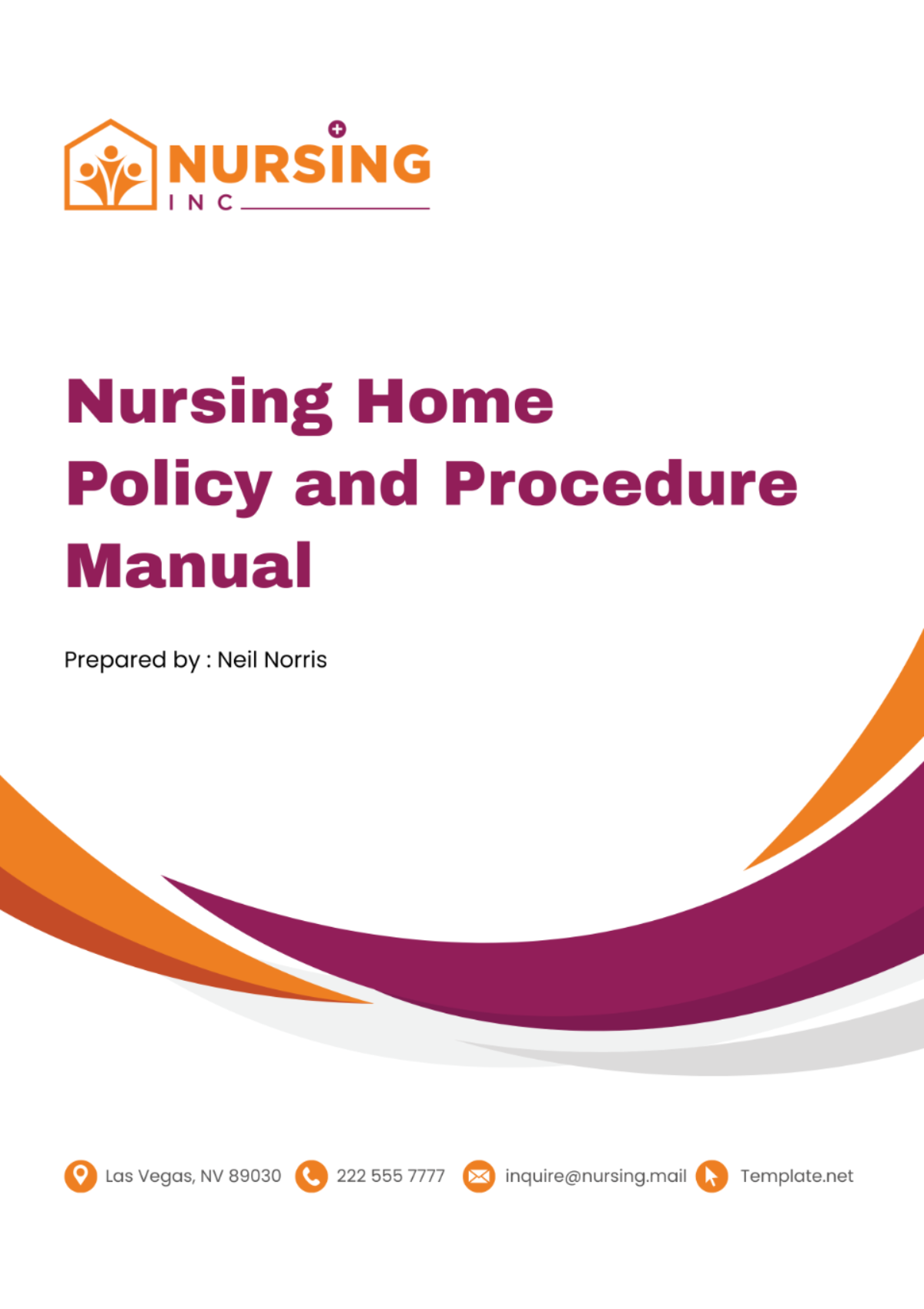Vehicle and Transportation Allowance Manual HR
I. INTRODUCTION
Purpose
This Vehicle and Transportation Allowance Manual is designed to serve as a comprehensive guide for employees and management at [Your Company Name]. Its primary purpose is to establish transparent and consistent policies surrounding vehicle and transportation allowances. These allowances are offered to employees to facilitate their work-related travel and ensure that they can perform their job responsibilities effectively while maintaining a healthy work-life balance.
The purpose of this manual encompasses the following objectives:
Clarity: To provide clear and easily understandable guidelines for employees regarding the eligibility criteria, calculation methods, and payment schedules for vehicle and transportation allowances.
Equity: To ensure that all eligible employees are treated fairly and receive allowances in accordance with their job responsibilities, regardless of their role within the organization.
Compliance: To align with all relevant laws, regulations, and tax requirements governing vehicle and transportation allowances, thereby reducing potential risks for both employees and [Your Company Name].
Transparency: To foster transparency in the allocation and administration of allowances, allowing employees to understand how these allowances are determined and maintained.
Scope
This manual is applicable to all employees of [Your Company Name] who may qualify for vehicle and transportation allowances. It outlines the policies, procedures, and responsibilities related to these allowances. Employees covered by this manual include full-time, part-time, and contract workers who meet the eligibility criteria specified within.
The scope of this manual includes:
Eligibility: Detailed information on the criteria employees must meet to qualify for vehicle and transportation allowances. These criteria may vary based on the nature of the employee's role within the company.
Types of Allowances: A comprehensive explanation of the two primary types of allowances provided by [Your Company Name], namely Vehicle Allowance and Transportation Allowance. This section will clarify the distinction between these allowances.
Allowance Calculation: The manual will outline the methodologies used to calculate these allowances, taking into account factors such as job role, distance traveled, and other relevant considerations.
Payment Schedule: Details on the frequency and method of payment for allowances will be provided, ensuring that employees are aware of when and how to expect these payments.
II. VEHICLE AND TRANSPORTATION ALLOWANCE POLICY
Eligibility
To be eligible for vehicle and transportation allowances at [Your Company Name], employees must meet specific criteria that align with the organization's goals of efficient and cost-effective business operations. Eligibility is contingent upon several factors, including:
Job Role: Employees whose job responsibilities require frequent travel or the use of personal vehicles for business purposes are typically eligible for these allowances. This may include sales representatives, field technicians, and other roles specified by the company.
Distance Traveled: Eligibility may be based on the distance an employee must travel regularly to perform their job duties. The exact distance threshold will be defined in accordance with company policies and industry standards.
Approval: The allocation of vehicle and transportation allowances is subject to approval by the relevant department heads and the HR department to ensure that the expenses align with business objectives and budgets.
Consistency: [Your Company Name] maintains a commitment to consistency in the application of eligibility criteria across all departments and job roles to prevent inequities or misunderstandings among employees.
Eligible employees are encouraged to review their specific eligibility status with the HR department to determine their entitlement to these allowances.
Types of Allowances
Vehicle Allowance
The Vehicle Allowance at [Your Company Name] is designed to assist employees who use their personal vehicles for business-related activities. This allowance covers various expenses associated with vehicle ownership and usage, including but not limited to:
Fuel: A portion of the allowance may be designated for covering fuel expenses, helping employees offset the cost of gasoline or other fuels required for their work-related travel.
Maintenance: Vehicle maintenance costs, including routine services, repairs, and tire replacements, may be considered when calculating the Vehicle Allowance.
Insurance: Part of the allowance may contribute towards vehicle insurance premiums, ensuring that employees have adequate coverage while using their vehicles for work.
Transportation Allowance
The Transportation Allowance is provided to employees who either do not own a personal vehicle or choose not to use their personal vehicles for business purposes. This allowance aims to cover expenses related to alternative transportation methods necessary for work-related activities. These expenses may include:
Public Transportation: Costs associated with bus, train, subway, or tram fares for commuting to and from work and for attending business meetings or events may be included.
Taxis or Ride-Sharing Services: Reimbursement for taxi rides or ride-sharing services like Uber or Lyft may be provided when these are the most practical means of transportation for business purposes.
Other Approved Modes: Expenses incurred for other approved transportation modes that align with the company's policies and the nature of the employee's job role may also be covered.
III. VEHICLE ALLOWANCE
Vehicle Ownership
To be eligible for a vehicle allowance, employees must own a registered and insured vehicle in their name. The vehicle must meet the following requirements:
REQUIREMENT | EXAMPLE/SCENARIO |
|---|---|
Vehicle Ownership | Employee's name on the vehicle registration |
Vehicle Insurance | Valid and up-to-date insurance coverage |
Vehicle Condition | Well-maintained and in good working condition |
Mileage Tracking | Employee must maintain accurate mileage logs |
Allowance Calculation
The vehicle allowance amount is calculated based on the employee's business-related mileage and the company's predetermined reimbursement rate.
Here's an example:
Employee uses his personal vehicle for work purposes. He logs 500 miles for the month of July. The company's reimbursement rate is $0.50 per mile.
Calculation:
Allowance = Miles Driven * Reimbursement Rate
Allowance = 500 miles * $0.50/mile
Allowance = $250
Reporting Changes in Vehicle Status
Employees receiving a vehicle allowance must promptly inform the HR department of any changes in their vehicle status, such as vehicle replacement or disposal. Failure to do so may result in an inaccurate allowance. Here's an example scenario:
Employee, who previously used a sedan for work, purchases a new SUV for business use in September.
He must inform the HR department immediately to update his vehicle details.
Termination of Vehicle Allowance
The vehicle allowance may be terminated under certain circumstances, including:
TERMINATION CRITERIA | EXAMPLE/SCENARIO |
|---|---|
Employee no longer owns a qualified vehicle | Employee sells the vehicle and no longer owns a vehicle eligible for the allowance |
Employee’s role changes and no longer requires a vehicle allowance | Employee gets promoted/shuffled between teams and no longer requires a vehicle for business purposes. |
IV. TRANSPORTATION ALLOWANCE
Allowance Calculation
The transportation allowance amount is calculated based on the estimated monthly transportation expenses incurred while performing work-related activities.
Here's an example:
Employee uses public transportation for work purposes. She spends an average of $150 per month on bus and subway fares.
Calculation:
Allowance = Monthly Transportation Expenses
Allowance = $150
Reimbursement Process
Employees receiving a transportation allowance may be required to submit expense reports for reimbursement. An example reimbursement process might look like this:
Employee keeps her monthly transportation receipts and submits them to the HR department by the 5th of each month.
HR processes the reimbursement, and the approved amount is added to the Employee's paycheck or directly reimbursed to her bank account.
Termination of Transportation Allowance
The transportation allowance may be terminated under certain circumstances, including:
TERMINATION CRITERIA | EXAMPLE/SCENARIO |
|---|---|
Employee acquires a personal vehicle | Employee purchases a car which is then used to commute to/from work. |
Employee’s job role changes and no longer requires transportation allowance | Employee has a change in role and is provided with a company vehicle. |
V. COMPLIANCE AND REPORTING
Record Keeping
[Your Company Name] is committed to maintaining accurate records related to vehicle and transportation allowances in compliance with applicable laws and regulations. Employees are responsible for maintaining detailed and organized records of their expenses for audit and reporting purposes. To ensure compliance:
Employees should retain all relevant receipts, invoices, and documents related to vehicle and transportation expenses for a minimum of 6 months from the date of submission.
It is the responsibility of employees to submit any required documentation, such as mileage logs, expense reports, or other supporting evidence, as requested by the HR department.
In the event of an audit or inquiry from tax authorities or regulatory agencies, employees must cooperate fully and provide the necessary documentation and information to demonstrate the proper use of vehicle and transportation allowances.
Tax Implications
Employees receiving vehicle and transportation allowances should be aware of the potential tax implications associated with these allowances. While [Your Company Name] will provide general guidance, it is recommended that employees seek advice from a qualified tax professional to understand the specific tax implications in their jurisdiction.
Tax considerations may include, but are not limited to:
Reporting allowances as taxable income on personal tax returns.
Eligibility for tax deductions related to vehicle expenses.
Impact on eligibility for other tax credits and benefits.
State or provincial tax requirements, which may vary by location.
Employees are responsible for fulfilling their tax obligations related to vehicle and transportation allowances and should seek appropriate guidance to ensure compliance with tax laws.
Reporting Requirements
Employees receiving vehicle and transportation allowances must adhere to the following reporting requirements:
Submit accurate and timely expense reports, if applicable, detailing vehicle-related expenses (e.g., fuel, maintenance, insurance) in accordance with company policies.
Maintain a comprehensive mileage log, if required, to document business-related travel, including the date, purpose, starting and ending locations, and total mileage for each trip.
Report any changes in vehicle ownership, registration, or insurance status to the HR department promptly to ensure accurate allowance calculations.
Inform the HR department of any changes in employment status that may affect eligibility for vehicle and transportation allowances (e.g., promotions, transfers, or terminations).
VI. APPEALS AND DISPUTES
Procedure for Appeals
[Your Company Name] recognizes that employees may have concerns or disagreements related to vehicle and transportation allowances. To address such issues, the following procedure for appeals is in place:
Employees who wish to appeal a decision related to their allowances must submit a written appeal to the HR department within 7 business days of receiving the initial decision.
The appeal should include a detailed explanation of the concern, along with any supporting documentation.
The HR department will review the appeal, conduct a thorough investigation if necessary, and provide a written response to the employee within 7 business days.
If the employee remains dissatisfied with the outcome, they may request a final review by an External Arbitrator], whose decision will be binding and final.
Dispute Resolution
In cases where disputes arise between employees and [Your Company Name] regarding vehicle and transportation allowances, the company is committed to fair and efficient dispute resolution. The following steps outline the process:
In the event of a dispute, both parties should engage in open and constructive communication to seek an amicable resolution.
If a resolution cannot be reached through direct communication, either party may request mediation by a neutral third party, as agreed upon by both parties.
If mediation is unsuccessful, the dispute may be escalated to arbitration or other formal dispute resolution processes as specified in the employment contract or relevant legal agreements.
[Your Company Name] is committed to abiding by the decision of the chosen dispute resolution process.
VII. CONCLUSION
In conclusion, this Vehicle and Transportation Allowance Manual serves as a comprehensive guide for employees of [Your Company Name] regarding the policies and procedures governing the provision of vehicle and transportation allowances. It is our commitment to fairness, transparency, and employee well-being that drives the establishment of these guidelines.
We would like to emphasize that [Your Company Name] is committed to maintaining accurate records, adhering to tax regulations, and ensuring that employees are treated fairly and equitably in all matters related to allowances. It is our shared responsibility to uphold the principles outlined in this manual and work collaboratively to achieve our mutual goals.
This manual is a dynamic document subject to updates and revisions, and the latest version will always be accessible through our HR portal. Your feedback and suggestions for improvement are valued and encouraged as we strive to continuously enhance our policies and procedures.
We thank you for your dedication and contributions to [Your Company Name], and we look forward to providing you with the support needed to excel in your role while facilitating seamless transportation solutions for our workforce.
[Your Company Name] reserves the right to update and revise this manual as needed. For the most current information and policies, please refer to the latest version available on the company's HR portal.












